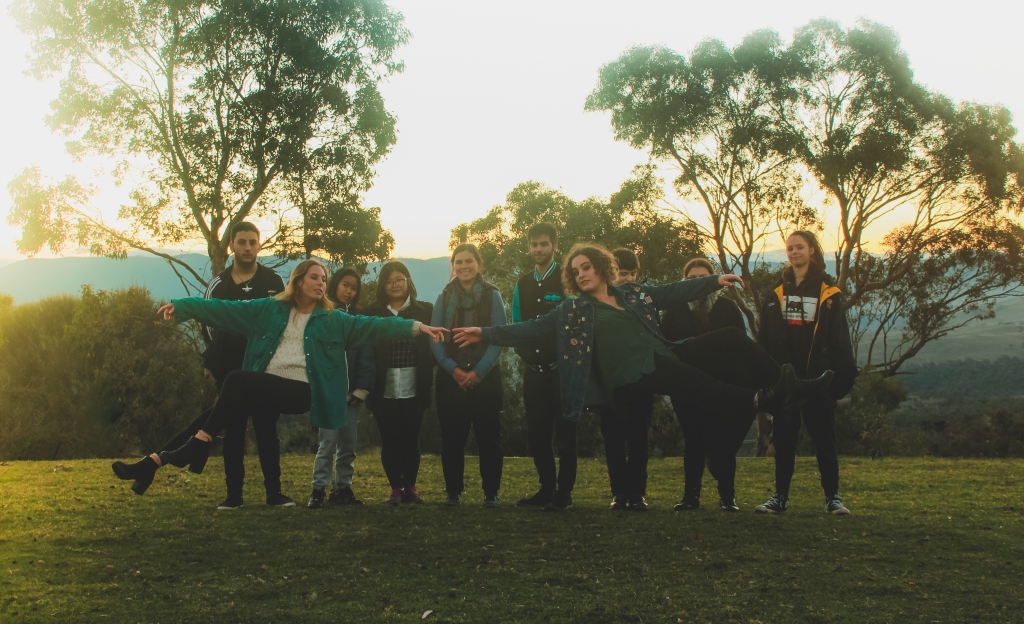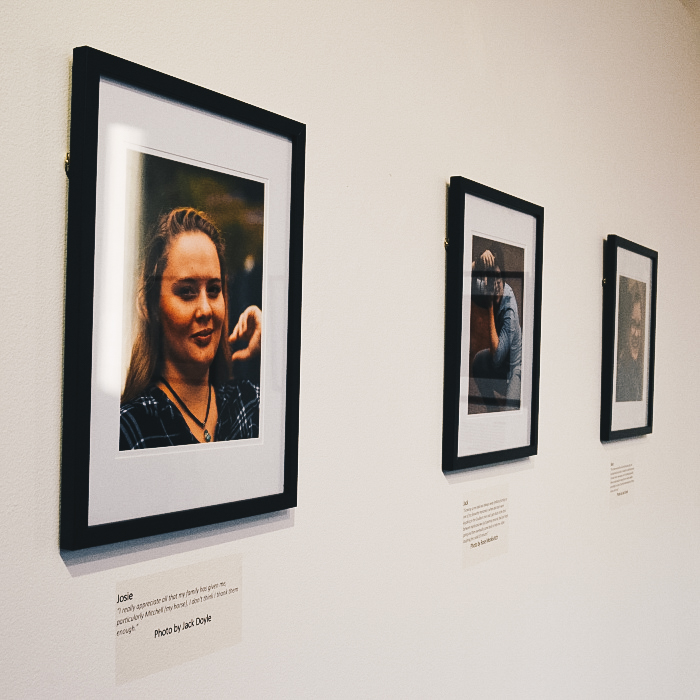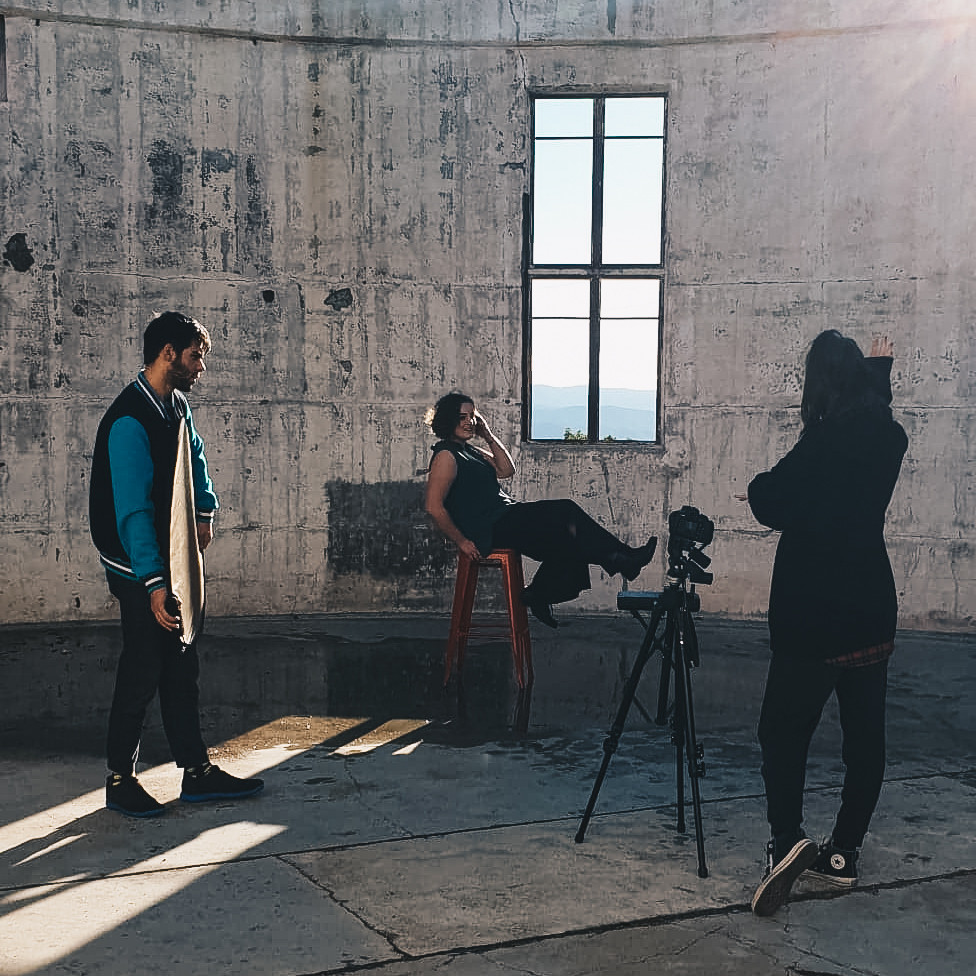Why would you do this course?
Specific skills in visual analysis and production are developed through photography, as well as a broad range of other skills relevant to the lives and careers of students. These courses open fantastic opportunities for further study in photography at tertiary level educational institutions, as well as providing them with the knowledge on how to make money from their photography.
Beyond the classroom, this subject offers you opportunities to: participate in community exhibitions/competitions, work with models in the industry in the ACT, have work displayed in various capacities in the college e.g. the Annual Lake Tuggeranong College Arts Festival and be involved in the Photography and Media Team.
What type of person usually studies this course?
Any person interested in Photography as a career or learning how to take better pictures. You typically love the outdoors, have an eye for detail, are patient, have good people skills and have a passion for photography and creativity.
What courses would make a student ready to study this subject at LTC?
Learners are ready to study photography if you have a genuine interest in photography. No arts prerequisite necessary – however it is recommended.
Photography provides opportunities, through a differentiated curriculum, to challenge students with a range of abilities and learning styles – from the academic and gifted to students with special needs – to achieve their potential.
Photography encourages students to map potential pathways from school to tertiary education and/or industry. The visual language of photography is an excellent way for students from a variety of backgrounds to come together to explore their identities and their lives.

Content Overview
In year 11, students learn the fundamentals of the SLR digital camera, composition and technical aspects of the lighting studio as well as more advanced photographic techniques. The introductory unit focuses on camera functions, lighting and digital manipulation techniques using Adobe Photoshop and Adobe Lightroom.
In year 12, the units focus on more artistic and imaginative ways to create and manipulate imagery as well as providing the students opportunity to explore an area of their direct interest in the final semester. The students complete a large variety of work and end the course with a professional website / online portfolio to use for university entry interviews or to gain work.
Unit breakdown -BSSS Course was updated for 2022-
*2022 to be added*
(2019-2021 Units of Work – Archive)
It is recommended the courses are studied sequentially and may be taken as a minor, major and double major.
Year 11: Units 1 and 2
Year 12: Any combination of Units 3, 4, 5 and 6
*Note: Unit 6 has a prerequisite of completion of 2 previous photography units passed above C level.

Unit 1: Photography Practice
An introduction to the multifaceted nature of photography practice through portraiture and conceptual works. Students will explore the relationship between photographic technique, genre and the reception of photographic imagery. Students will be introduced to photographic studio practice as a means of controlling image reception, through some of the principals of the medium; including control of light, exposure and digital post production (utilising Adobe Photoshop and Lightroom).

Unit 2: Photography Communication
Students will explore composition, lighting and post processing through the study of landscape, product and fashion photography. Students will study master photographers including Indigenous photographers and learn skills in studio lighting, advanced landscape techniques and advertising through social media.

Unit 3: Photography Applications
In this unit students will explore the applications of photography in society, diving into commercial photography through Architectural Photography styles and Fine Art Photography (based in Surrealism). Students will develop their knowledge and skills in lighting, composition, lenses and advanced photo manipulation; building their Adobe Photoshop skills through working with layers and lighting techniques.

Unit 4: Art Photography
This unit explores photography as art. The students will build a folio of work based on a foundation of conceptual ideas. The students will work with alternative processes and mixed media pieces; including wood transfers, darkroom processes, hand colouring and embellishing. Australian and International photographic art is a focus for the unit.

Unit 5: Contemporary Photography
In this unit students will develop a contemporary approach to the creation of their own work, presenting a series of images that interpret contemporary issues. They will expand on their understanding of using studio lighting, study contemporary photographic practice and see how it influences their own photographic practice.

Unit 6: Negotiated Study
Students will apply the skills and knowledge from previous units to produce conceptual images with specific parameters. Students will be experiment with advanced blending and montage techniques, alternative processes and develop new skills with printing, producing exhibition quality artwork. Students produce a portfolio on an individual theme which they have selected.
It is advised that two standard photography units are completed prior to undertaking this unit. Students produce a portfolio on an individual theme which they have selected. The unit aims to address photographing and presenting work, students talking about their work at interviews and critiquing and selecting works for their portfolio.
Types of Assessment Items
Practical tasks – including exhibition planning, in class essays/presentations and visual diary/online portfolio.
Have other questions about the units/courses?
Send me an email: tiffany.roweth@ed.act.edu.au




